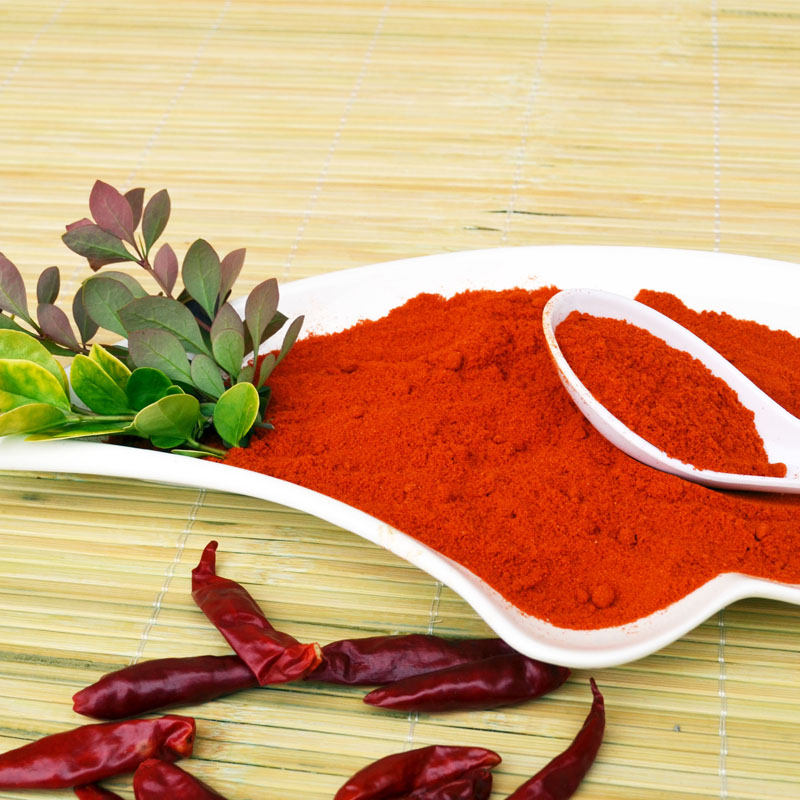- No. 268 Xianghe Street, Economic Development Zone of Xingtai city, Hebei 054001 China
- Byron@hbhongri.cn
paprika chilli powder
The Versatility and Rich History of Paprika and Chilli Powder
Paprika and chilli powder are two of the most beloved spices in global cuisine. Their vibrant colors and unique flavor profiles not only enhance the taste of dishes but also contribute to their visual appeal. Though they often surface in the same culinary contexts, they each have distinctive characteristics and histories that deserve exploration.
A Brief History
Paprika, derived from dried capsicum peppers, has its roots in Central America, where these peppers were first cultivated. The spice made its way to Europe in the 16th century, following the encounters between the Old World and the New World. While initially embraced in Spain, Hungary became famous for fostering its cultivation and refining its production, elevating paprika to a cultural symbol. Paprika is not just a spice in Hungary; it is a source of national pride and is celebrated in festivals and culinary events.
Chilli powder, on the other hand, has a diverse history that includes the Americas, Asia, and beyond. Similar to paprika, chilli peppers originated in the Americas. However, their journey took a different path. Upon their introduction to India and other parts of Asia, the local cuisines adopted and adapted these peppers, leading to the creation of a variety of chilli powders. Each region added its unique twist for instance, Indian chilli powder is often more varied and can be made from a range of different chili peppers, while Mexican chilli powder may incorporate additional spices like cumin and garlic for a deeper flavor.
Types and Flavors
Paprika varies significantly in flavor and heat level, primarily due to the types of peppers used and the production methods. There are sweet, smoked, and hot varieties, each offering distinct taste profiles. Sweet paprika, characterized by its mild flavor, is commonly used in dishes such as goulash and deviled eggs. Smoked paprika, or pimentón, adds a rich, smoky depth to dishes and is especially popular in Spanish cuisine, where it is used to season chorizo and paella. Hot paprika is more pungent, ideal for those who appreciate a spicy kick.
Chilli powder also comes in many forms, influenced by regional preferences. In the United States, a standard chilli powder blend often includes ground chillies mixed with cumin, garlic powder, and oregano, creating a well-rounded seasoning for chilli con carne and other dishes. In contrast, Indian chilli powder, known as lal mirch, is usually made from hotter varieties of peppers and can add significant heat and a touch of richness to curries and dals.
paprika chilli powder

Culinary Uses
The culinary applications of paprika and chilli powder are as diverse as their histories. Paprika is often sprinkled over dishes as a garnish, such as on deviled eggs or potato salad, where its vivid red hue brightens up the plate. It is also a fundamental ingredient in sauces, stews, and soups, imparting both color and flavor. In Hungarian dishes like pörkölt, paprika serves as a critical ingredient, giving the dish its characteristic color and taste.
Chilli powder, conversely, plays a vital role in many spice blends and is a key player in dishes like tacos, enchiladas, and Szechuan stir-fries. Its heat can vary significantly based on the type of chilli used, making it essential to adjust the quantity based on personal preferences. Additionally, chilli powder can enhance marinades, offering depth and complexity to grilled meats, vegetables, and even tofu.
Health Benefits
In addition to their culinary uses, paprika and chilli powder come packed with health benefits. Paprika is rich in antioxidants and vitamins such as vitamin A, E, and B6, promoting overall well-being and good eyesight. It also contains capsaicin, known for its anti-inflammatory and pain-relief properties.
Chilli powder is renowned for its metabolism-boosting properties. The capsaicin found in chilli peppers can ignite a thermogenic response in the body, promoting fat burning and weight loss. It may also improve circulation and enhance the immune system, making it a beneficial addition to a balanced diet.
Conclusion
In conclusion, paprika and chilli powder are more than mere seasonings; they are crucial elements that can transform a dish, making it flavorful, colorful, and aromatic. Their rich histories and versatility in culinary applications make them indispensable in kitchens around the world. Whether you prefer the sweet warmth of paprika or the fiery heat of chilli powder, these spices can enhance your culinary endeavors and bring a vibrant twist to your table.
-
Unlock the Power of Nature with Capsicum Oleoresin ExtractNewsJul.03,2025
-
Unleash the Heat: Discover the Wonders of Spicy Crushed Red PepperNewsJul.03,2025
-
Unleash the Flavor of Red Pepper Pods – Elevate Your Culinary Creations!NewsJul.03,2025
-
The Rich Flavor of Red Pepper Dried – The Ultimate Ingredient for Your Culinary Creations!NewsJul.03,2025
-
Discover the Rich Flavor of the PaprikaNewsJul.03,2025
-
Discover the Flavorful World of Paprika & Chili ProductsNewsJul.03,2025







